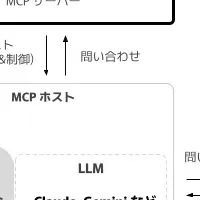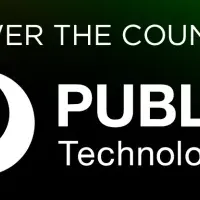
The AdTech Market's Explosive Growth: Projected Revenue of $2.5 Trillion by 2032
The AdTech Market's Explosive Growth: A Look Ahead
The AdTech market is rapidly evolving, with Verified Market Research® projecting substantial growth in the coming years. As digital advertising evolves further, this sector is expected to generate a staggering revenue of USD 2,547.17 billion by the year 2032, reflecting a robust CAGR of 14.3% from 2025 to 2032.
Current Landscape
The AdTech industry is currently valued at USD 783.46 billion as of 2024. Several factors contribute to this growth, particularly advancements in programmatic advertising, real-time bidding, and AI-driven analytics. Companies are increasingly adopting these technologies to enhance engagement with audiences while optimizing their advertising expenditures.
Drivers of Growth
1. AI and Machine Learning: These technologies are fundamentally transforming how marketers approach audience targeting and campaign optimization. By analyzing user data and behavioral patterns, AI facilitates hyper-personalized advertising, leading to improved engagement and conversion rates.
2. Mobile and Social Media Expansion: The ubiquitous use of smartphones has made mobile advertising essential in the digital landscape. Brands are utilizing diverse strategies such as in-app ads, interactive content, and influencer partnerships to connect with users effectively. Social media platforms like Facebook and TikTok provide sophisticated targeting features that allow businesses to reach their desired audience more efficiently.
3. Omnichannel Advertising: Advertisers are adopting omnichannel strategies to offer a seamless experience across various digital platforms. This integration enhances user engagement and brand recognition. By creating cohesive customer journeys that span different advertising touchpoints, businesses can significantly increase their effectiveness in reaching potential customers.
Challenges Facing the Industry
Despite the promising outlook, the AdTech market faces several hurdles:
- - Data Privacy Regulations: Stricter laws concerning data privacy, like GDPR and CCPA, impose limitations on user data collection and processing, complicating targeted advertising efforts and increasing operational costs for businesses.
- - Ad Fraud: The rise in advertising fraud, including click fraud and bot traffic, undermines the credibility of digital ads and can inflate marketing costs without yielding genuine engagement. Companies are now investing heavily in fraud prevention to uphold their advertising integrity.
- - Increased Competition: The AdTech market is becoming crowded, with numerous players offering similar solutions. Major players like Google and Meta dominate the landscape, making it challenging for smaller companies to gain traction and differentiate themselves.
Future Opportunities
The expanding AdTech market presents ample opportunities for stakeholders:
- - Investors can locate lucrative prospects within the sector as businesses increasingly prioritize digital marketing initiatives.
- - Tech developers and marketing professionals can capitalize on advancements in AI and analytics to create innovative advertising solutions that cater to evolving consumer needs.
Conclusion
As the AdTech market continues its upward trajectory, understanding key trends, technological advancements, and challenges will be critical for all market participants. From marketers and advertisers to regulatory professionals, everyone stands to gain from keeping abreast of these developments. This evolving landscape underscores the importance of strategic adaptation, helping stakeholders stay competitive in a dynamic digital marketing environment.
Topics Business Technology)










【About Using Articles】
You can freely use the title and article content by linking to the page where the article is posted.
※ Images cannot be used.
【About Links】
Links are free to use.